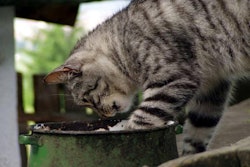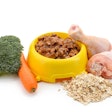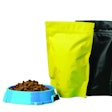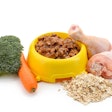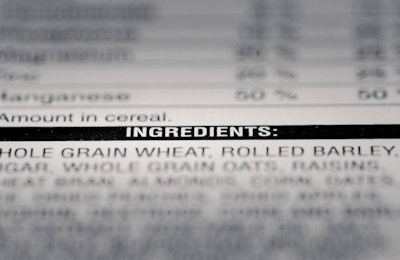
The Association of American Feed Control Officials (AAFCO) held its "mid-year" meeting on January 16-18 in Mobile, Alabama, USA, and as always, there was good discussion on important matters during the Pet Food Committee (PFC) session. Many of the more controversial issues, such as "human grade" claims and the newly revised AAFCO Dog and Cat Food Nutrient Profiles, have been largely resolved by AAFCO over the last several meetings. So, the topics on the agenda at this meeting sparked much less heated debate than had been the case in the recent past.
Proposed regulations that would allow for carbohydrate-related label guarantees were accepted by PFC and will move up to the Model Bills and Regulations Committee for final wordsmithing prior to a full AAFCO membership vote. Once enacted, these new rules would provide for maximum percentage dietary starch and sugars guarantees as well as comparative carbohydrate claims (e.g., "___% less carbohydrates than ____") on dog and cat food labels. However, absolute claims (e.g., "low carbs") would still be considered false and misleading under the new regulations. Also moving up for further consideration are revised definitions for "pet" and "specialty pet" as they appear in the AAFCO Model Bill. These modifications are intended for clarification as to what species are covered. For example, all food for domestic cats would be subject to the pet food regulations, but those products for lions, tigers and other big cats would not. Rather, they would need to comply with the general animal feed regulations. These changes will not have much, if any, impact on most pet food manufacturers. PFC failed to pass the revised guidance on dental claims, but a consensus is close and an agreement on language is expected to be met in time for the annual meeting in August 2017.
Other pet food-related discussion
The remainder of the topics on PFC's agenda were more for informational purposes rather than committee deliberation on actionable items. The recently-formed Pet Food Labeling Modernization Working Group gave an update on its progress, but few details as to what has been deliberated so far were offered. The grace period for enforcement of the newly revised AAFCO Dog and Cat Food Nutrient Profiles has now expired for any products entering the market in the past year. In general, state feed control officials are still accepting either the old or new labeling as manufacturers continue to implement the new formulation and labeling requirements. However, partial compliance is NOT acceptable to most states.
There was a question as to whether the words "metabolizable energy" or "ME" must appear in the calorie content statement, as the regulation as written is open to interpretation. The consensus of the state feed control officials was that they expect the term to be included in the statement. The Food and Drug Administration confirmed that, notwithstanding rumors to the contrary, data to support a hairball control claim on a cat food label still must be submitted for review and acceptance by the agency prior to marketing, and that any change to the formulation or labeling after the product goes on the market still requires re-review.
Although the new guidance re: "human grade" claims was approved by AAFCO in August 2016, it has been reported that companies are having problems with meeting that guidance, particularly in regard to obtaining the appropriate documentation from an authoritative body to demonstrate compliance with federal regulations as they pertain to foods for human consumption. AAFCO would welcome proposals on means to remedy this matter, including proposed plans from industry to utilize third-party certifying agents to provide the necessary documentation.
Details were provided on the upcoming Pet Food and Specialty Pet Food Labeling Workshop, to be held August 12-13, starting immediately after the AAFCO annual meeting in Bellevue, Washington, USA. All those in the pet food industry responsible for creating or reviewing food, treat and supplement labels or marketing materials are encouraged to attend. Besides helping industry better understand labeling requirements, the workshop will also be a good opportunity for pet food manufacturers to network with many of the state feed control officials responsible for enforcement of their pet food regulations.
Besides PFC, the only other session where pet foods were significantly affected was in the Ingredient Definitions Committee. The deliberations of this committee and the impact it may have on pet foods will be discussed in a future column.
For more insights by Dr. Dzanis





